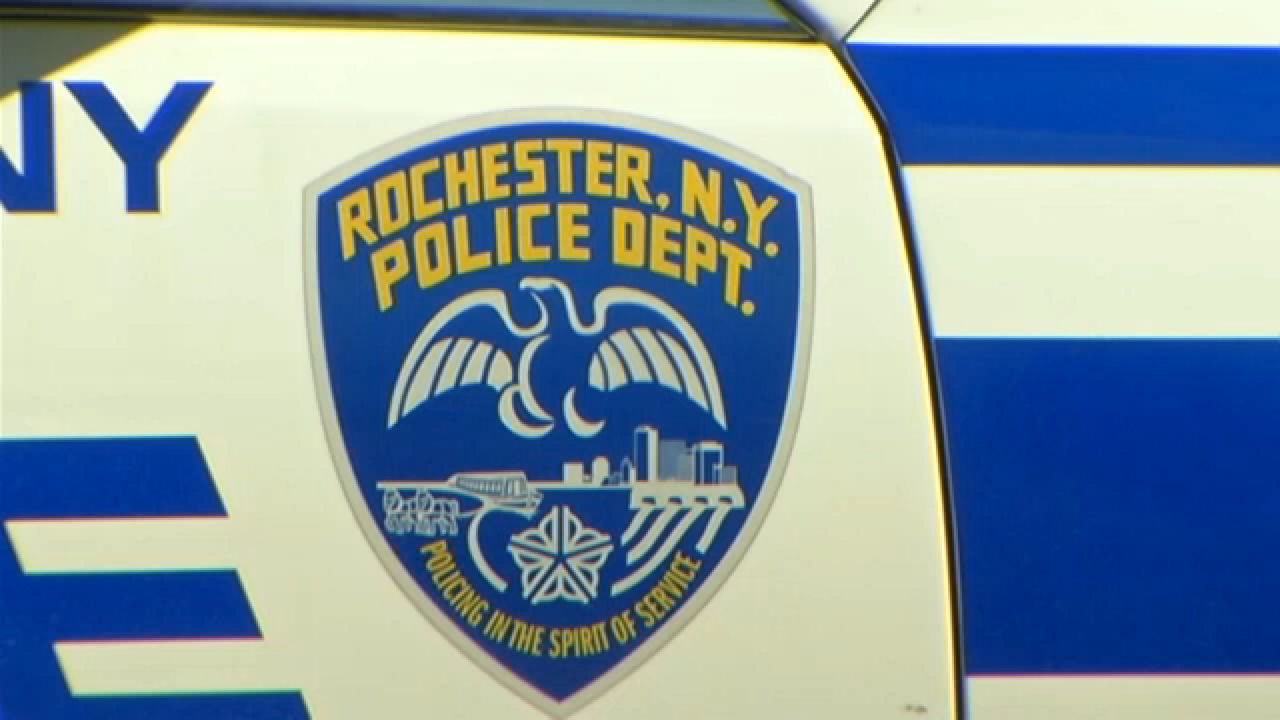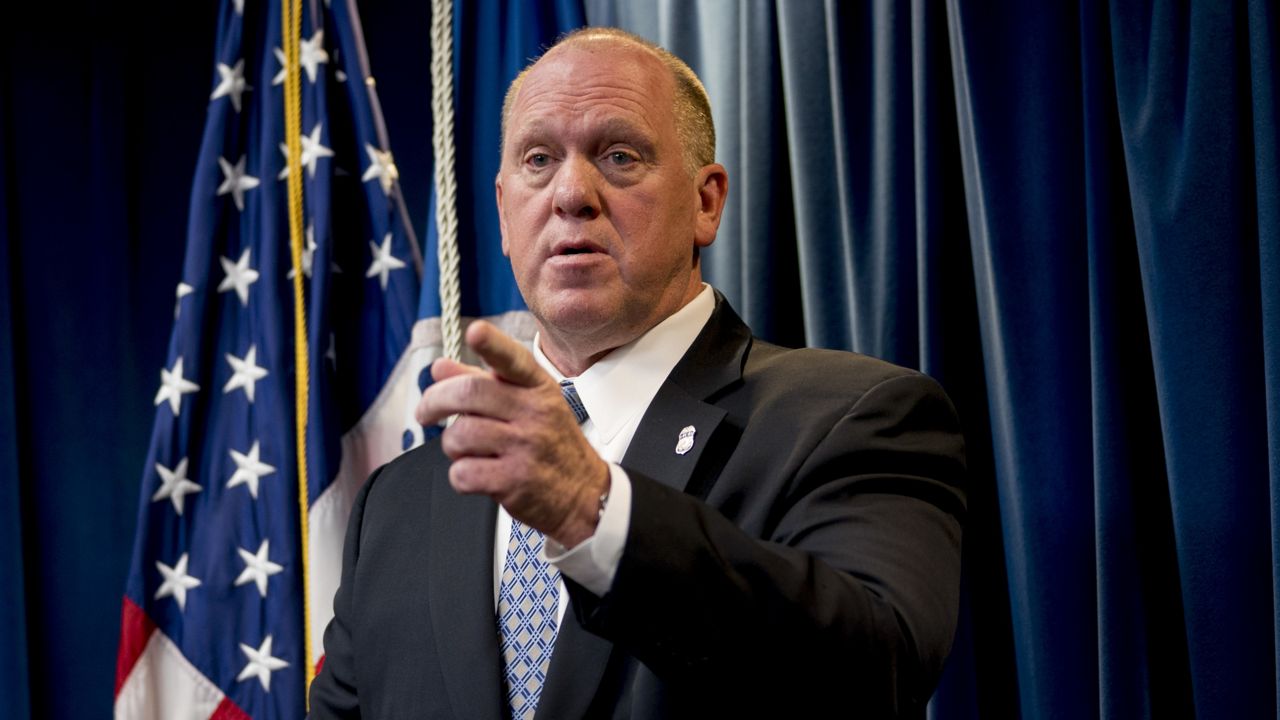The National Retail Federation expects holiday spending to reach record levels this year. Of that spending, Capital One Shopping reports 19% of buyers prefer to use cash. The United States Secret Service plans to see more counterfeit bills reports come the new year after some small businesses say they’ve already seen an increase ahead of the holidays.
“They look real, [but] they feel a little fake.” Shadow Lake Golf and Restaurant’s Service, Staff and Hospitality Manager P.J. Mercado showed. “We only took one, luckily. The bank did flag us for it, unfortunately.”
After nearly a decade in the industry, this is a first for Mercado.
“Close to seven or eight years I’ve been bartending. I’ve never experienced fake money before,” Mercado said.
The restaurant also serves as a wedding venue, and that’s where Mercado says the first — and luckily, only — fake bill was accepted.
“It wasn’t until we started seeing, you know, these fake hundreds flying during weddings that raised an alarm,” he said.
However, it was his experience elsewhere that proved it was time to take initiative before the issue got any larger.
“It’s not even just here. I even work downtown on Park Avenue and on Park Avenue just recently, last weekend, we spotted a fake hundred-dollar bill, which unfortunately was broken down and given change to,” Mercado explained.
As a manager for the restaurant, he’s been working on training his staff to be more familiar with counterfeit bills. He and the rest of the management team recently implemented a policy requiring employees to check any bill $50 or greater with a counterfeit money pen.
“It’s going to show a dark mark [if it’s fake.] Clear or very light yellow [if it’s real,]” Mercado explained.
“It’s an iodine pen and it’s the iodine reacting with the plant fibers in regular paper, regular money. The money, the regular bills, genuine bills are made of 75% cotton [and] 25% linen. So there are times where there are false negatives and false positives,” said Charles Perras, assistant to the special agent in charge of the Buffalo Office United States Secret Service.
The U.S. Secret Service says they’ve seen a 5-10% increase in counterfeit bills in Western New York the last six months.
“Here in the Buffalo field office, in Western New York in general, so to include Rochester, we see a slight increase over the last six months in investigations. So we have a couple of really good investigations where we’ve actually ended up with federal arrests of a few subjects,” Perras explained.
He adds, with more cash flow around the holidays, the best form of prevention is education.
“It’s called W.O.R.M.S.,” Perras explained, “You look for the watermark,” which he says can be shown as a face or other mark on the right side of larger dollar bills when held up to the light.
"[For the O,] you look for the optical varying ink, that light changing ink on some of the bills ... The R is for the red and blue fibers that are embedded in the bills,” Perras continued, adding that sometimes these are only visible through a microscope.
“The M is for the microprinting. There’s actually microprinting on the bills,” which Perras says can be seen as the fine details on the designs around and on the head presented on the bill, for example.
“And the S is the security thread that runs through the bills,” Perras concluded. This can be seen as the holographic-looking blue strip that runs through larger bills, as well as serial numbers and thin strips of numbers that are printed on, and into, the bill.
Perras says counterfeit bills many times use the same serial number over and over again, and as an investigator, that’s a clear indicator that’s it’s fake. He says at times that’s a way the U.S. Secret Service is able to track how many times the bill has been used.
According to the U.S. Secret Service website, all bills above $1 and $2 have a clear thread embedded vertically in the paper, the thread is inscribed with the denomination of the note and is visible only when held to the light. As stated, “the R is for the red and blue fibers that are embedded in the bills.”
With more cash flow in December, the department is prepared to see an uptick in fake bills reported in the New Year.
“I think that we’re going to see a rise in January because all the bills that were passed during the holidays are going to go to our central processing facility and we’ll see an increase from December at that point. And it may taper off after that a little bit,” Perras predicted.
Mercado says it’s a shame counterfeit bill identification has to be an extra something his staff needs to be aware of.
“Someone is losing out on their profits.” he said.
For more information on how to identify and report counterfeit bills, click here.










